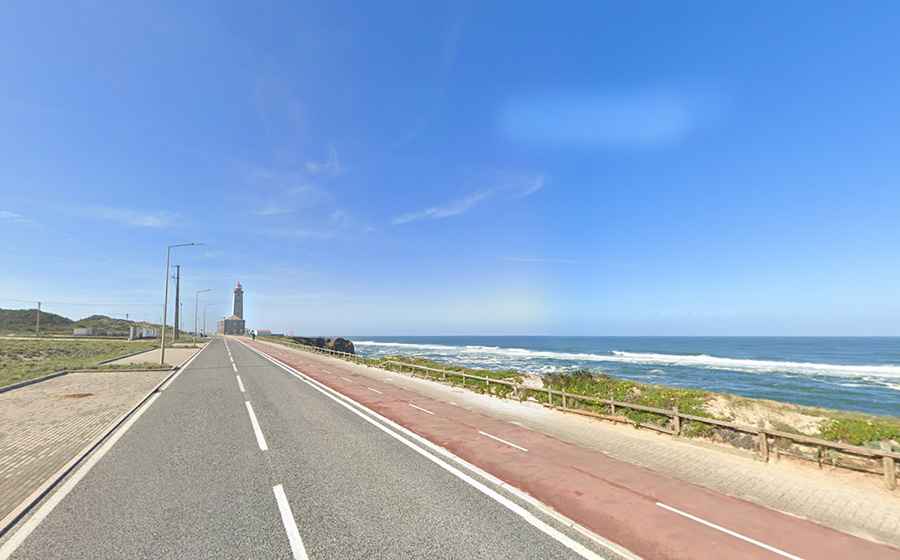Is the Atlantic Road the Most Breathtaking Road in Western Portugal?
The Atlantic Road, or Estrada Atlântica, is a coastal route in the western part of Portugal. It runs for about 60 km (37 miles) between Nazaré and Praia do Osso da Baleia, near Figueira da Foz, in the Leiria district. The road follows the coastline, offering access to beaches, small villages, and pine forests.

Is the Atlantic Road paved?
Yes. The entire route is fully paved and suitable for all vehicles. Most of it also has a separate bicycle lane, making it popular with cyclists and motorbike riders.
How long is the Atlantic Road?
It’s about 60 km (37 miles) long, running from Nazaré to Praia do Osso da Baleia. The road passes through fishing villages, beaches, forests, and several viewpoints.
When is the best time to drive it?
The best time to drive this road is outside the summer holidays, ideally in spring or autumn, when traffic is lighter and the scenery can be enjoyed more peacefully.
What are some travel tips for driving the Atlantic Road?
- Avoid peak season (July and August) to skip traffic and crowds. Weekdays in spring or autumn offer the most pleasant experience.
- Bring cash if you plan to stop at small taverns or seafood restaurants along the route — not all accept cards.
- Plan photo stops ahead of time, as official pull-over spots are limited.
- Try local food — especially the famous seafood rice (Arroz de Marisco) in Praia da Vieira.
- Consider biking — the road includes a dedicated bicycle lane for most of its length.
- Watch for wildlife in forested sections, especially during early morning or late afternoon.
- Fuel up in Nazaré or Figueira da Foz, as gas stations along the road are scarce.
Is it worth the drive?
Yes. The Atlantic Road is often described as the most iconic drive in western Portugal. With ocean views, forest sections, quiet spots, and easy access to local food, it’s a good choice for a day trip or part of a longer route.
What can I expect along the way?
The road offers views of the Atlantic Ocean, dunes, and the Leiria pine forest. There are places to stop for photos, picnics, or meals. The area is known for fresh seafood, especially seafood rice (Arroz de Marisco) in Praia da Vieira, which was selected as one of the seven wonders of Portuguese gastronomy.
What's the historical significance of the route?
The Leiria pine forest, also known as Pinhal do Rei, was planted in the 14th century by King Dinis to stop sand dunes from spreading inland and to supply wood for shipbuilding. A large part of the forest was destroyed in 2017, but parts of it are still visible along the road.
Road suggested by: jorge manuel gómez sánchez